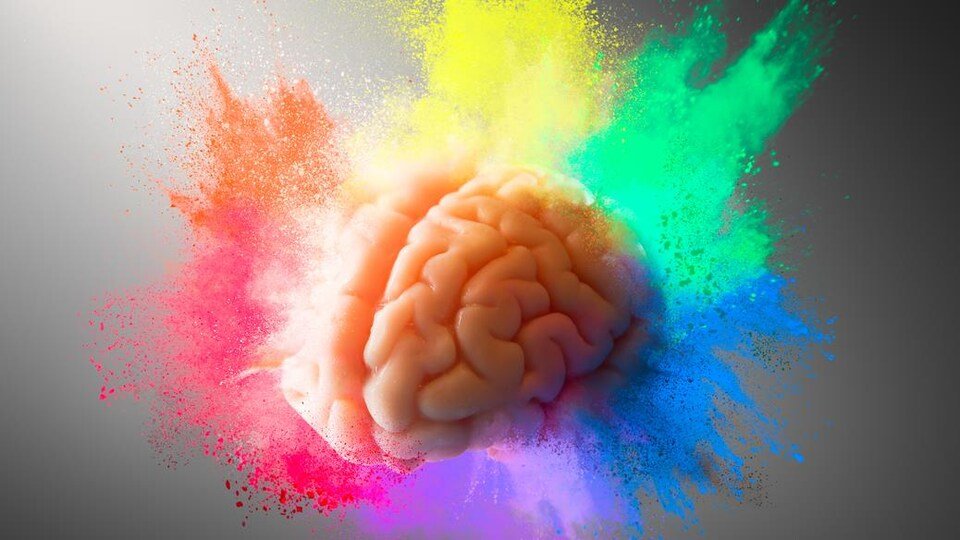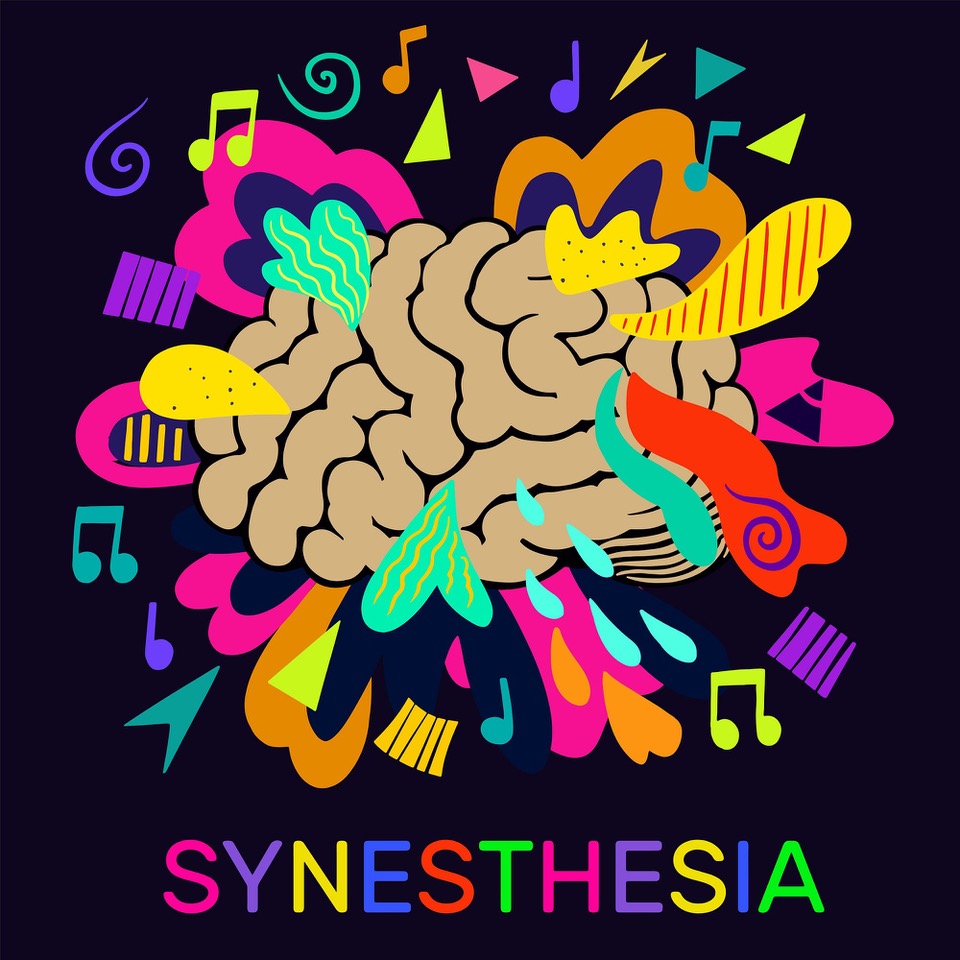Blog

Seeing Sounds and Hearing Colours: What is Synesthesia?
Posted: 23/07/2025
What does having Synesthesia feel like?
Imagine tasting strawberries every time you hear a violin or seeing the number 5 and always thinking of it as green. This isn’t just a new TikTok trend—it's a fascinating neurological phenomenon known as synesthesia.
What causes Synesthesia?
Synesthesia occurs when the senses blend in unexpected ways. For example, some people might “see” sounds as shapes or colours, or “feel” textures when hearing certain words. These sensory crossovers are automatic, consistent, and very real to those who experience them. While it might sound like a superpower, synesthesia is simply a different way of processing sensory information.
From an optometry and hearing care perspective, synesthesia reminds us how uniquely the brain interprets sight and sound. Although the eyes and ears collect data, it's the brain that does the interpreting—and sometimes, it gets creative! Synesthetic experiences aren't caused by problems with the eyes or ears themselves, but rather by unusual connections in the brain's sensory pathways.
Neurodivergence & Synethesia
Emerging research suggests that synesthesia is more common in neurodiverse individuals. People with autism, ADHD, or other forms of neurodivergence may be more likely to experience synesthetic traits, possibly due to increased neural connectivity or less filtering between sensory regions in the brain. That said, synesthesia can also be found in neurotypical individuals and often runs in families, suggesting a genetic component too. Thanks to social media, awareness of synesthesia is growing as more people realise they experience it and talk about it.

Diagnosing Synesthesia
While synesthesia isn’t something we diagnose or treat in clinic, understanding it deepens our appreciation for the varying individualities of human perception. How you hear, how you see, or how your brain weaves it all together all make you the unique individual that you are. Synasthesia is probably more common than we think, as if you have always experienced it – that’s just normality to you. As it is almost like a fourth dimension of perception if you are a synesthete you could consider yourself to be ‘extra-sensory’!
More information on synesthesia can be found at synesthesia.com
If you experience a red or irritable eye you can visit our optometrists for advice and treatment, call your local branch or book online!
< Back




